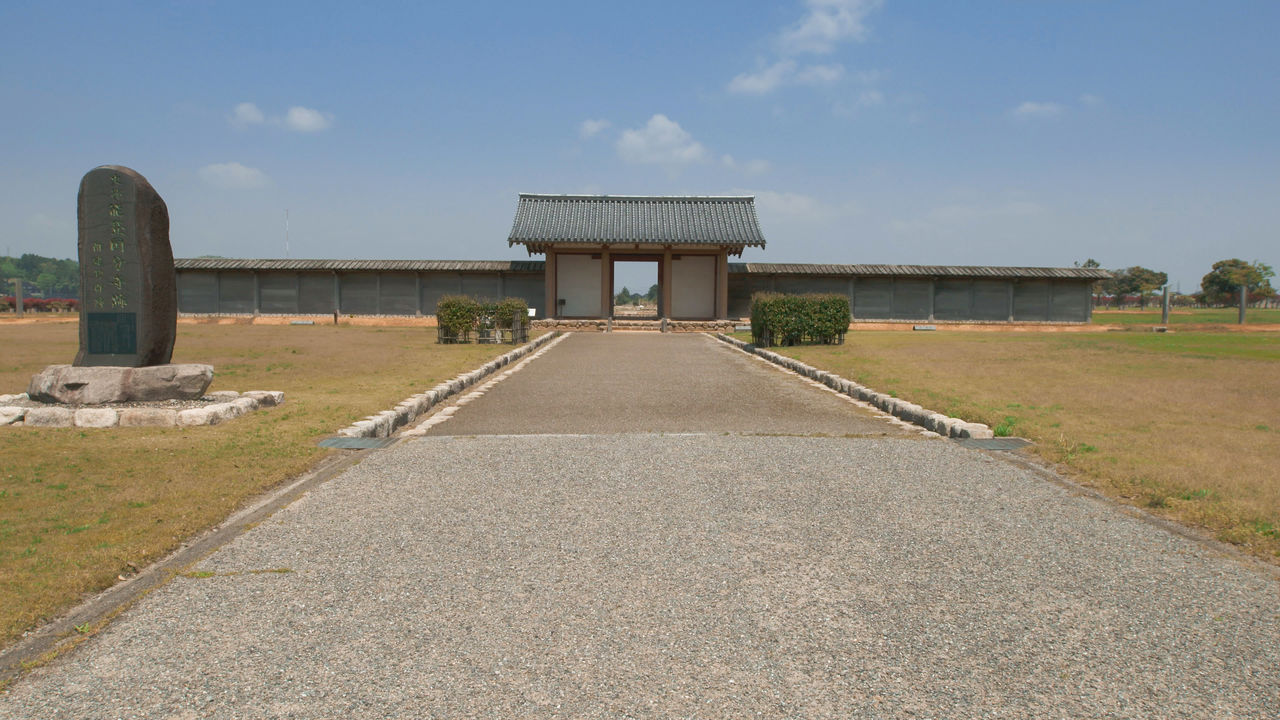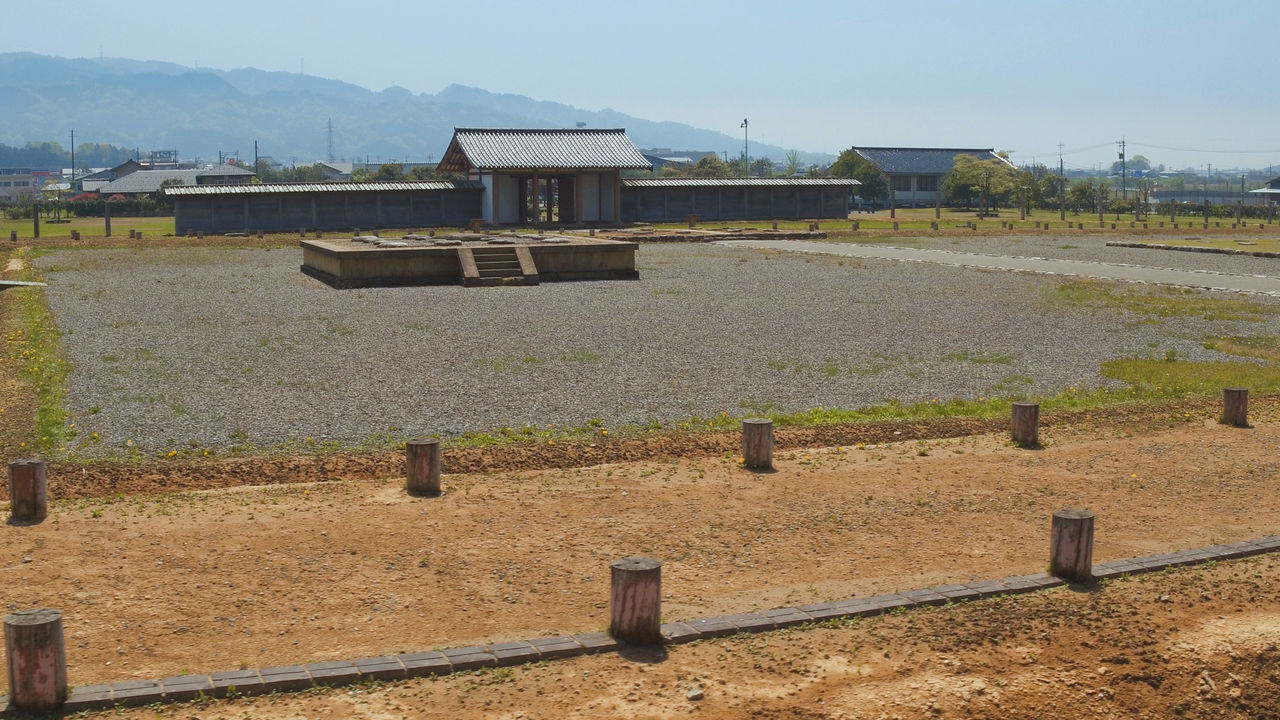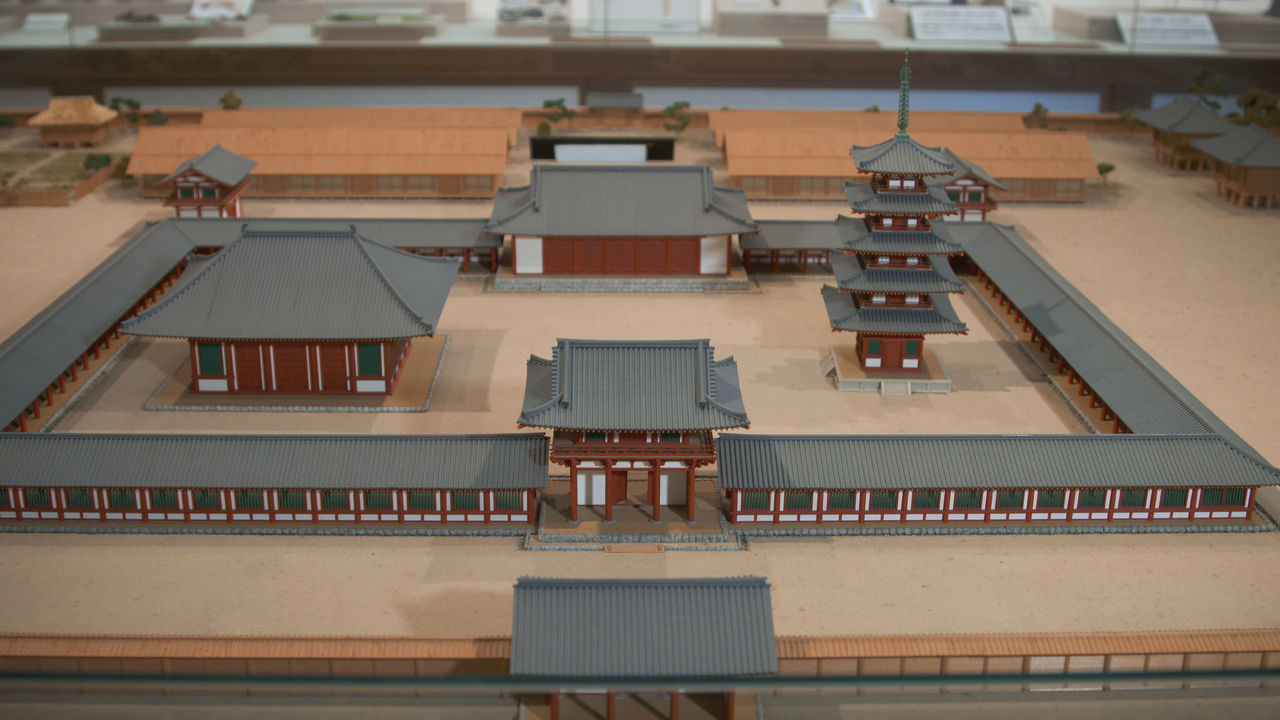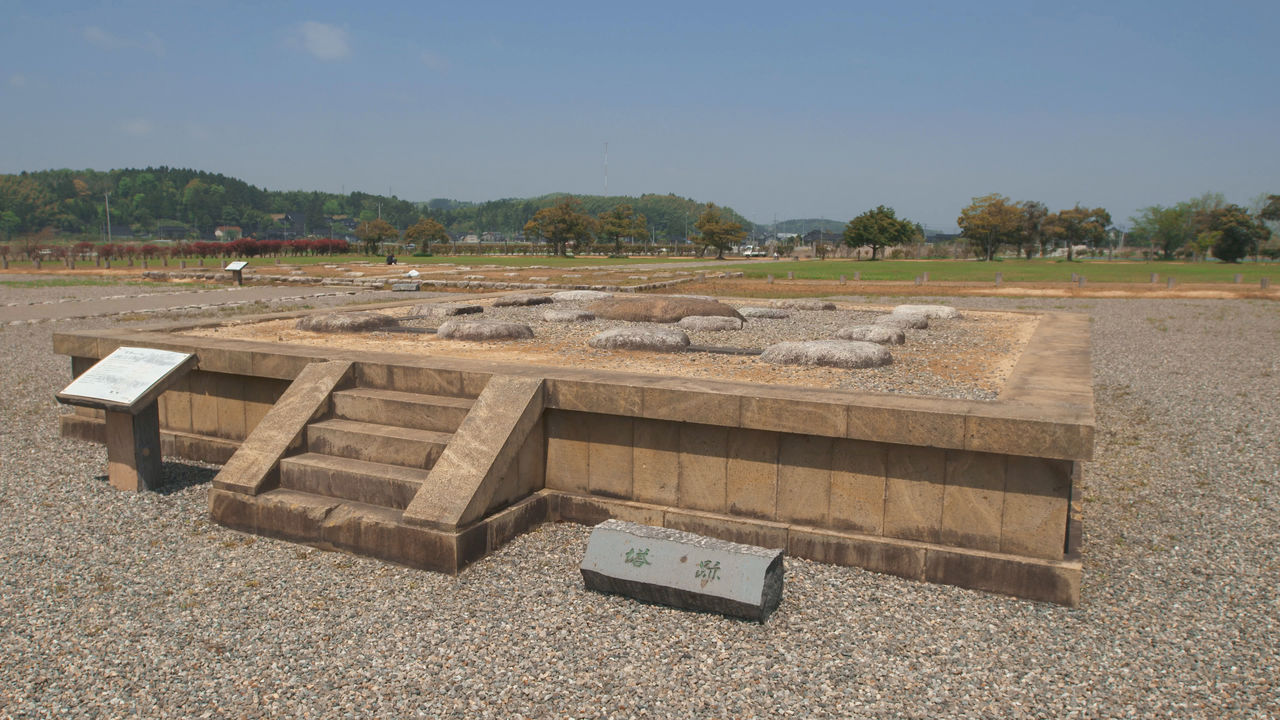
Noto Kokubunji: Temple Ruins Revealing Past Glories of Nanao, Ishikawa
JapanIn video
Guide to Japan Culture- English
- 日本語
- 简体字
- 繁體字
- Français
- Español
- العربية
- Русский
In 718, the Noto Peninsula gained independence from Echizen-no-kuni (present-day Fukui Prefecture), and came to be called Noto-no-kuni, the land of Noto.
 The peninsula has flourished due to its importance to navigation on the Sea of Japan.
The peninsula has flourished due to its importance to navigation on the Sea of Japan.
The capital of this ancient land are believed to have been in what is today the city of Nanao. The precise location of the seat of power remains unknown to this day, although numerous valuable ruins have been found, making the area a cultural asset.
 The Noto Kokubunji park, organized based on excavations begun in 1970.
The Noto Kokubunji park, organized based on excavations begun in 1970.
For over 400 years, the temple Noto Kokubunji was a flourishing site for Buddhism in the region. In 741, Emperor Shōmu (r. 724–49) ordered that Buddhist temples be built in every realm of the land, in order that Buddhist teachings might be used to pacify the nation as a whole. The corresponding Kokubunji temple for Noto-no-kuni was established over 100 years later, in 843. It is said that the region was in the grip of plague and famine at the time, leading to a lack of funds for constructing a new temple. Instead, a temple that had previously been built by a clan controlling the area was elevated to the status of a Kokubunji. With the addition to the existing complex of such structures as a kōndō (grand hall) and a cloister, the form of a great temple was established here in the ninth century.
 A model of Noto Kokubunji as it once appeared, on display at the public exhibit space.
A model of Noto Kokubunji as it once appeared, on display at the public exhibit space.
As of this writing, replicas of the original gate and foundations have been built, forming a park with historic remains and an adjacent exhibit on Noto Kokubunji.
 The pagoda ruins, where the foundation stones of a five-story pagoda lie.
The pagoda ruins, where the foundation stones of a five-story pagoda lie.
Access: From Nanao Station on JR Nanao Line, take the Marin local circuit bus to Noto Kokubunji Kōen-guchi stop.
(Originally written in Japanese. Created in cooperation with Kanazawa Cable Television. The restored Nandaimon (Great Southern Gate) of Noto Kokubunji temple ruins.)